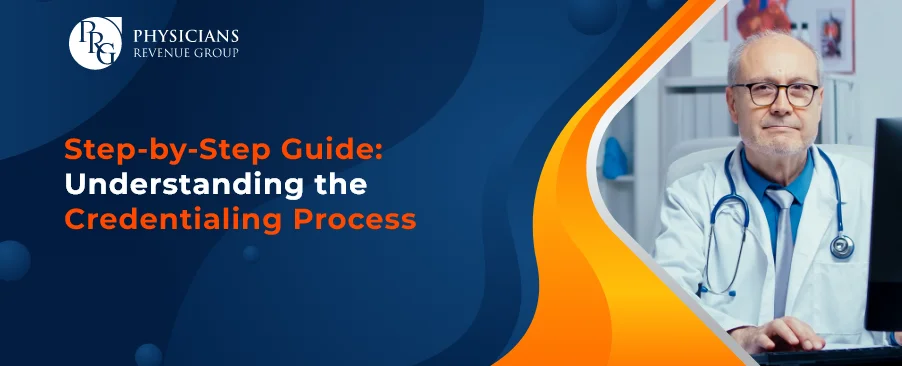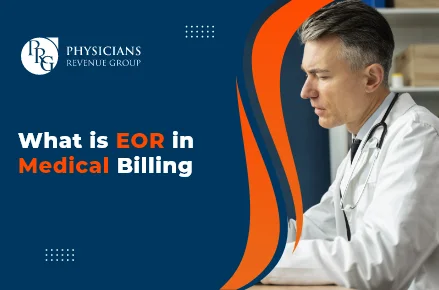
Email: info@prgmd.com | Call: +1 (630) 242-6474
Business hours: 9:00 to 5:00 | Monday to Friday
Email: info@prgmd.com | Call: +1 (630) 242-6474
Business hours: 9:00 to 5:00 | Monday to Friday

Table of Contents
ToggleThe provider credentialing process involves verifying a healthcare professional’s work history, qualifications, and competency to ensure they meet the required standards to offer patient care. Provider credentialing further involves verification of a medical provider’s education, licensure, training, work history, and board certifications.
The sole purpose of credentialing is timely and accurate reimbursements. Furthermore, credentialing ensures that healthcare professionals are qualified to offer high-quality care, and a proper credentialing process reduces malpractice risks.
Provider credentialing is a vital process linking:
Furthermore, credentialing in medical billing ensures that healthcare professionals meet competence and ethical standards for delivering safe, high-quality care. The process establishes trust among providers, health plans, and patients. It also protects an organization’s reputation by evaluating qualifications and ethics, minimizing risks, and showcasing commitment to quality care. For providers, the credentialing process validates skills and opens opportunities in health plan networks, expanding their patient base. Moreover, it gives patients confidence in their provider’s competence, training, and ethical standards – assuring quality care.
Credentialing in medical billing can be time-consuming and frustrating. To streamline and expedite this process, focus on the following seven steps, ensuring efficiency in credentialing.
An important step is to verify information directly from primary sources, including:
This ensures the accuracy and reliability of the data provided by healthcare professionals.
When it comes to credentialing, there are three main types to consider:
This type of credentialing is also known as enrollment in healthcare, and it involves verifying the qualifications and backgrounds of new healthcare professionals before they can begin practicing within a healthcare organization.
Provisional credentialing is a process that grants temporary credentials to physicians who are new to a healthcare organization. This temporary status allows them to begin practicing while the full credentialing process is underway.
Understanding these different types of credentialing is essential for ensuring that healthcare professionals are qualified, maintain their standards, and can seamlessly integrate into healthcare organizations.
Payor enrollment is the process through which a medical provider is included in insurance plans, networks, Medicare, and Medicaid. This inclusion allows the provider and facility to receive payment for patient services.
Understanding these distinctions is vital. While credentialing verifies qualifications, privileging confirms the ability to carry out procedures, and payor enrollment ensures inclusion in payment plans. Together, these steps ensure a provider is fully prepared to practice at a healthcare facility.
Regulatory bodies, industry groups, and state governments can alter timelines or standards, presenting another challenge. Organizations must then adapt their workflows, broaden verifications, or adjust timelines accordingly.
Recognizing and then addressing these challenges is essential for a smoother, more efficient healthcare provider credentialing process. Increased awareness of these challenges can contribute to better preparation and management throughout the entire process.
Share:
Categories
Recently Added

What is an ABN in medical billing?

What does a Clearinghouse do During Claims Submission?

What is EOR in Medical Billing?
We Would Love to Assist You!
We treat your data confidentially and don’t share any information with a third party.